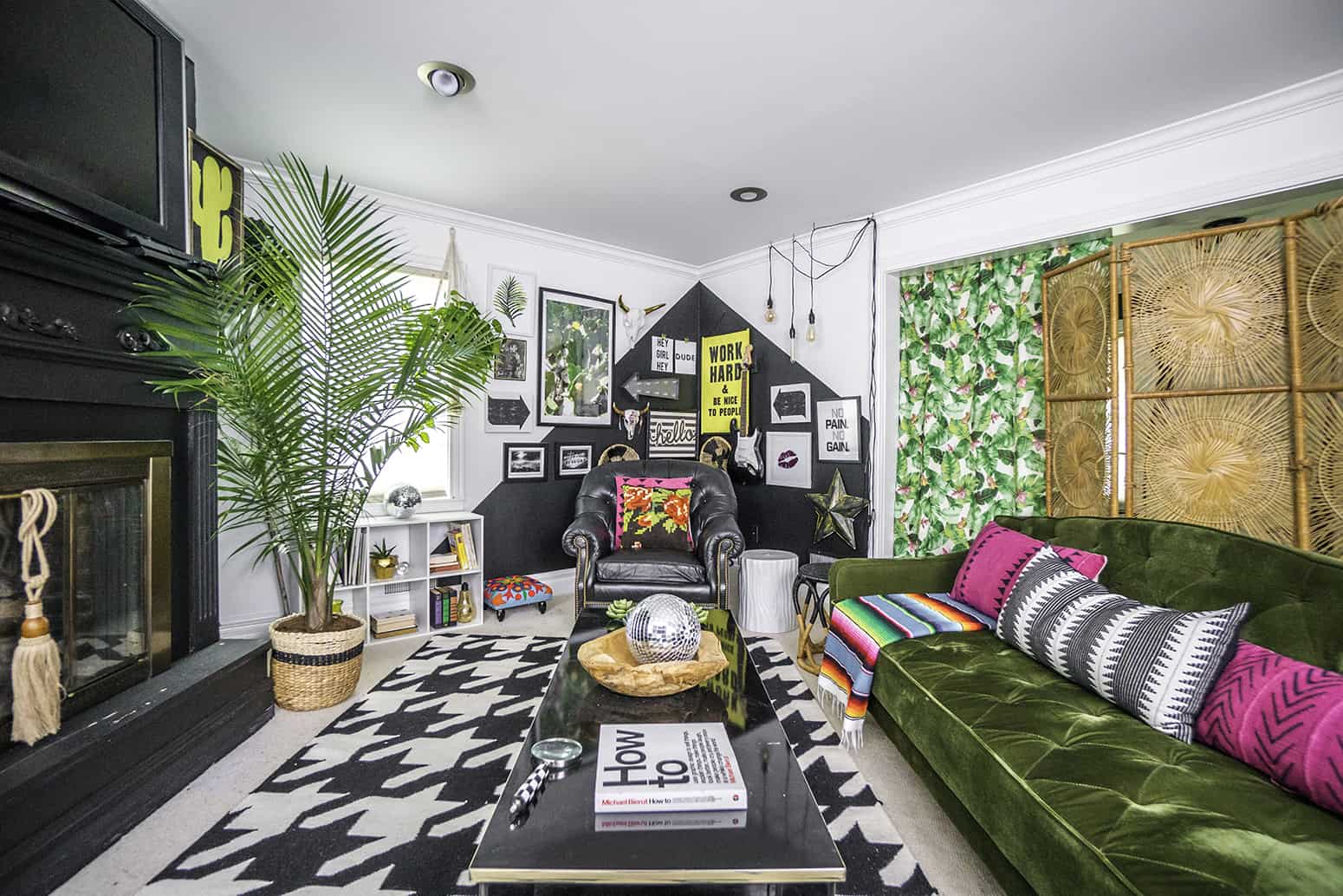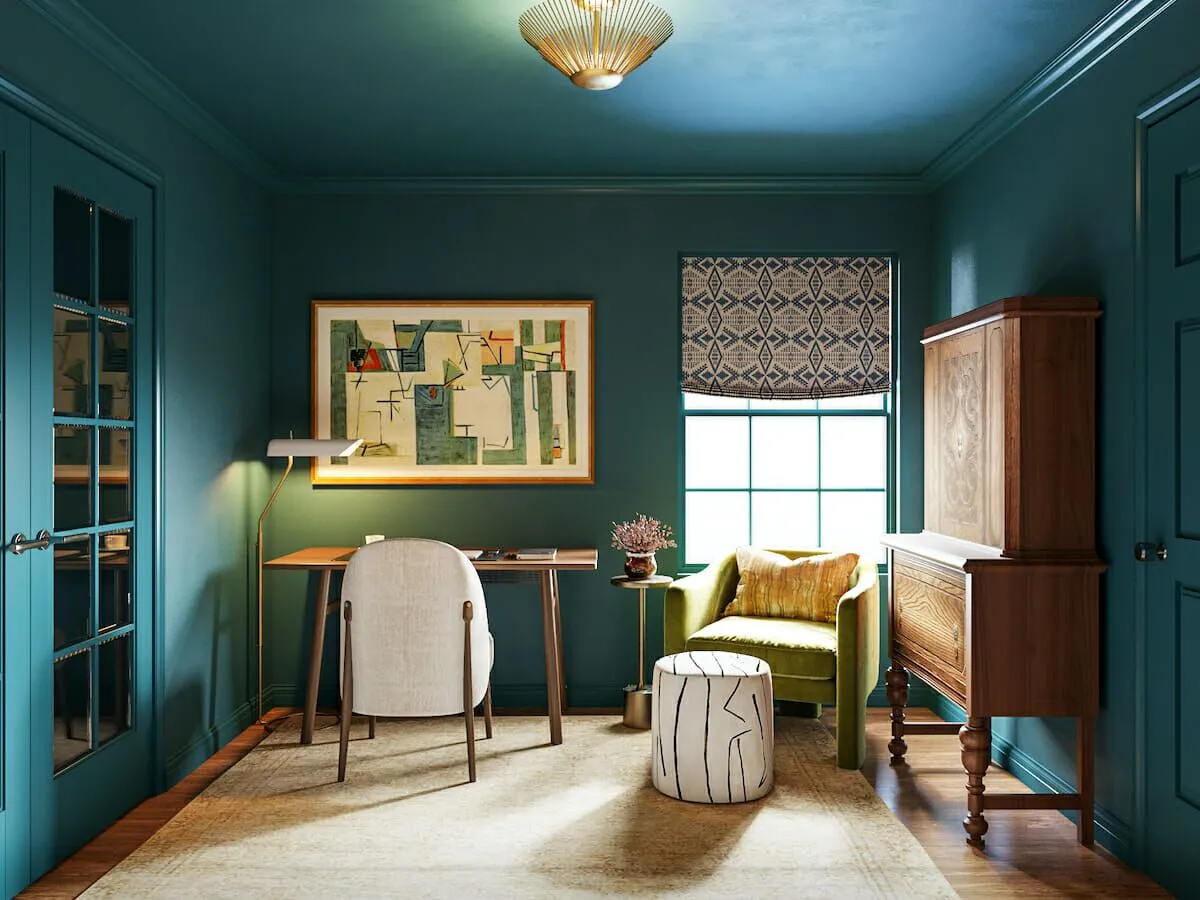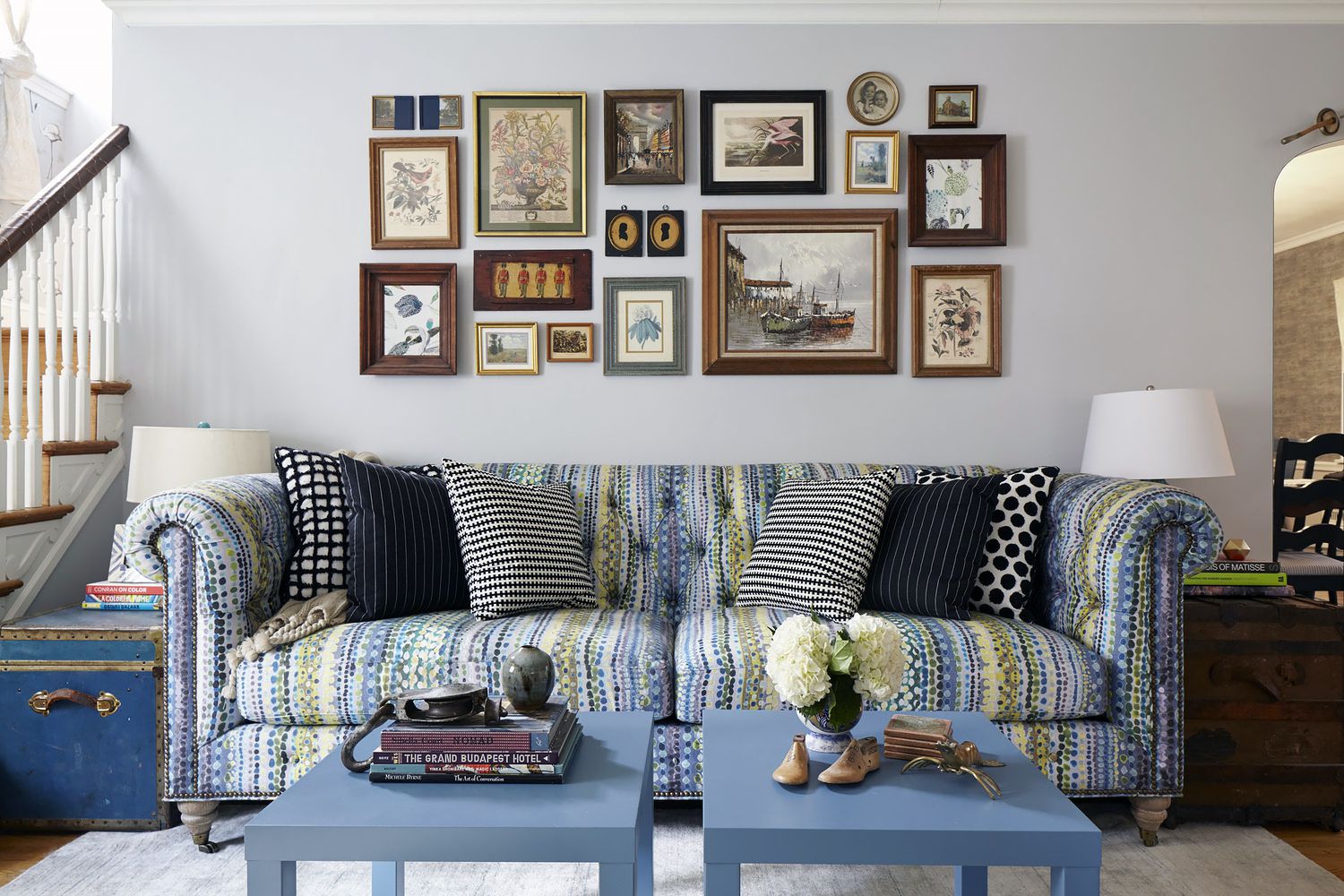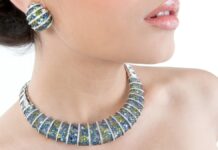
The concept of an eclectic style has been making waves in the world of interior design for its dynamic approach of combining elements from various decorating styles. Eclectic, stemming from the Greek word “eklektikos”, means “to select” or “to choose”. This philosophy of personalization and creativity creates a multi-layered, individualized living space that is distinctive, vibrant, and reflective of the owner’s character.
Mixing and matching in interior design has significant advantages. It allows you to explore and express your unique style without being confined to a single design template. This method can lead to interiors that are highly personalized, reflecting the story and aesthetic of the individual or family residing in the space. From this article, readers can expect a detailed tour into the world of eclectic style, from understanding its foundation to practical tips on how to implement this diverse style in your own living space.
An Overview of Eclectic Style

Understanding and implementing the eclectic style can present an enriching and engaging challenge. This creative approach mixes elements from various decorating styles to create a design narrative that is rich, layered, and uniquely personal. The eclectic style uniquely frees an interior designer from the constraints of traditional design schemes and invites them to be daring, expressive, and resourceful in curating an aesthetically pleasing space that spotlights the homeowner’s personality, tastes, and experiences.
The eclectic style is not a free-for-all concept. It requires a thoughtful process to create a harmonious blend that doesn’t feel disjointed or overwhelming. The key lies in skillfully balancing the various components, colors, and textures to craft a cohesive look. The story of the eclectic style dates back to various periods and cultures, advancing along with social, artistic, and design trends. It captures the growth of our collective design consciousness, championing the idea that one’s space should speak of one’s experience.
Basic Principles and Elements of Eclectic Design

Just as with any design movement, eclectic design also holds within it some foundational principles. The first among these is the importance of a color scheme. While eclectic style brings together diverse pieces, textures, and forms, an underlying color scheme can pull it all together, cultivating a cohesive and harmonious look amid the diversity. Colors in an eclectic space can range from neutral to bold, always with an intent to mix together the different elements rather than let them compete for attention.
The second aspect of eclectic design is the unique role of texture and patterns. These elements, when astutely combined, add depth and visual interest, contributing to the rich layers that define an eclectic space. Balance and harmony are vital in an eclectic mix. Avoid skewing too heavily towards any one style, historical period, or color palette. Remember, the goal is a blend, not a clash. A well-executed eclectic design is when every piece feels like it belongs together even though they may originate from different design backgrounds.
Steps to Creating Your Own Eclectic Space

Creating an eclectic space can seem daunting, yet with a few key steps, it can be a fun and creatively fulfilling process. The first step is to decide on the kind of eclectic look you want. This could range from a classy blend of modern and vintage aesthetics to a vibrant mix of cultures and periods. Next, choose a color scheme that will anchor your space and provide a unified backdrop for your eclectic arrangements. Once you’ve established your base, you can start adding different elements, being mindful of maintaining a sense of balance and harmony in your assemblage.
The second step involves choosing and mixing different design styles. Here, you might want to blend different interior design styles such as mid-century modern with Bohemian or industrial with shabby chic. To keep your eclectic mix from becoming chaotic, try to find common ground among the various elements. This could be a shared color, texture, form or even a thematic thread. Incorporating both vintage and modern pieces is a common practice in eclectic design. Vintage pieces add a sense of history and charm, while modern pieces can inject a crisp, fresh feel. The key is to create a unified, balanced look where every element feels like it has its own place and purpose.
Practical Tips for a Successful Eclectic Interior

Selecting the right pieces is essential for constructing an appealing eclectic interior. Every piece, be it furniture or décor, should make a statement and contribute to the overall narrative of the design. Whether it’s a family heirloom, a treasured travel souvenir, or a unique flea market find, it’s these personal elements that inject soul and tell a story in an eclectic space.
Next comes layering, a fundamental aspect of the eclectic design. Don’t be afraid to play around with layering different textures, patterns, and colors. Similarly, blending old and new, or mixing high-end pieces with flea market treasures can result in an exciting and visually appealing space. The mantra here is to add, layer, and then edit. Being discerning about what to add and when to stop is critical. If an element doesn’t enhance or add value to your space, it’s better to leave it out. Achieving balance in an eclectic interior requires adding more to create interest, and knowing when to edit so as not to overwhelm.
The eclectic style is a creative approach to interior design. It allows for a personalized space that tells a story, respects individual tastes and preferences, and still maintains a harmonious balance. Armed with the knowledge of basic principles, practical steps, and tips, anyone can create a successful and visually stunning eclectic interior.














